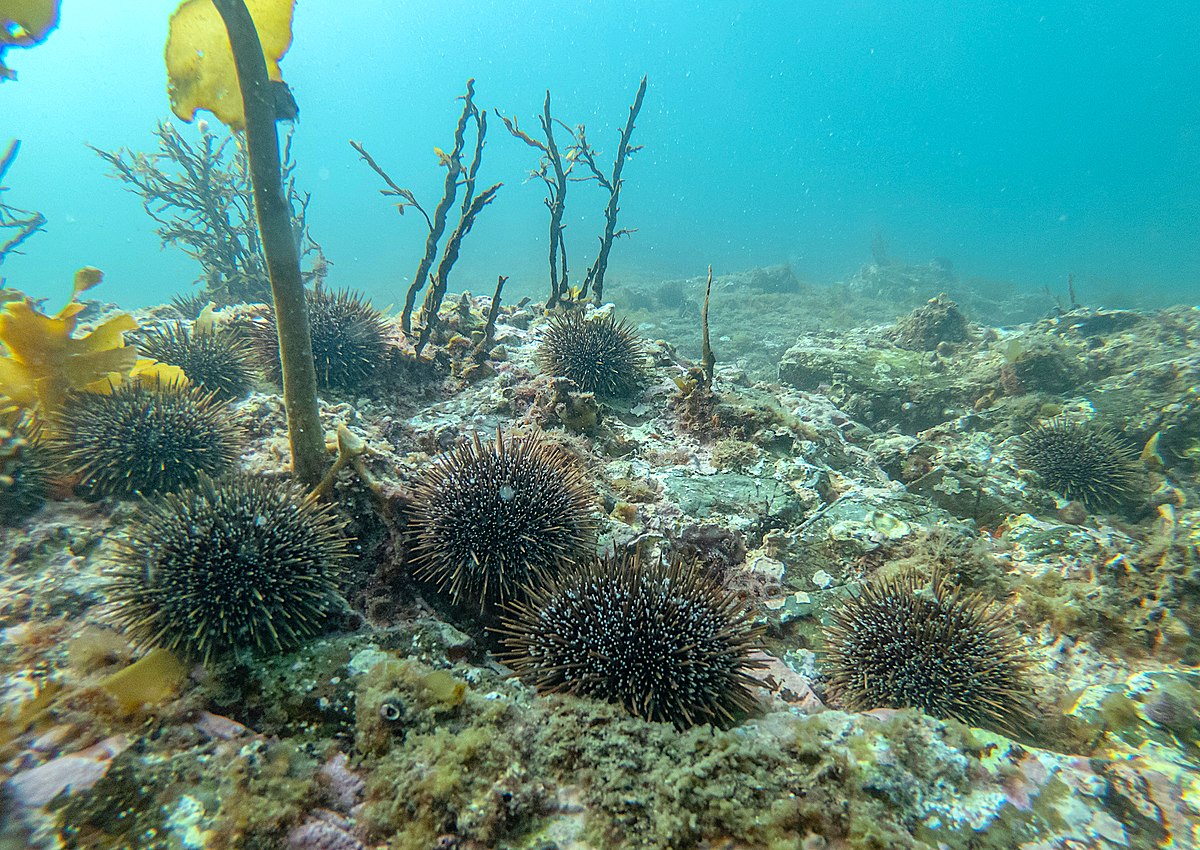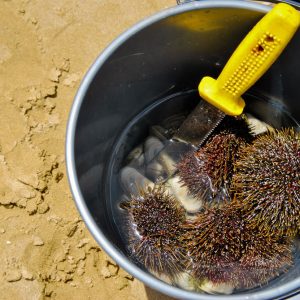Crayfish are considered functionally extinct in the Hauraki Gulf, our scallop fishery is closed, and kina barrens are more common. These are all signs that Fisheries New Zealand’s quota management system is not working.

We need to restore marine biodiversity. But, increased abundance and diversity of sea life doesn’t happen overnight. It surely doesn’t happen just by turning our oceans into marine protected areas. Restoration requires an integrated, thoughtful approach.
Integrated management requires a combination of tools. If we are to create marine protected areas, we must also reduce catch limits for fish caught in those areas.
It also involves embracing community led initiatives such as Ahu Moana. Already, mana whenua and community groups around the Hauraki Gulf have taken the lead in applying local solutions, providing protection in the absence of officials’ action.
It may sound appealing to follow the mantra of 30% marine protection by 2030. But what will this realistically achieve? Locking up more areas in the Hauraki Gulf without reducing catch limits will just shift fishing pressure into Bream Bay, Mahurangi and Coromandel waters.
Kina barrens are present in a number of marine protected areas in the upper North Island. Why? Because there is still a lack of large snapper and crayfish that can prey on kina. Overfishing of these predator species is not solved alone by marine protected areas.
Not only are we taking out the top predators in our oceans, but also the baitfish that sustain our precious whales, birds, and fish. Baitfish are an integral part of our marine ecosystem despite their small size.
They also seem to be well sought after commercially, with blue and jack mackerel being two of the top fish species caught in the Gulf. A whopping 7.6 million kilos of these bait fish were removed by purse seiners from the Hauraki Gulf over the last three years.
If you’re an avid fisher you’ll be familiar with the workups of baitfish and how they attract flocks of seabirds diving into the water, often accompanied by bigger fish, dolphins or whales rounding up the baitfish.
Without baitfish there are no workups and our seabirds have to travel further to feed their young. Without workups we can expect the birds, fish, whales, and dolphins to go elsewhere.
Our ecosystem is interconnected, therefore the quota management system needs to be more responsive so we can reduce the amount of baitfish taken from our waters.
We are already witnessing widespread depletion of sea life within our lifetimes. So, if we don’t account for how our actions impact the wider marine ecosystem, then we won’t have a healthy and abundant ocean to pass onto future generations.
For meaningful improvement we need real change. The quota system must be reformed to enable fish populations to rebuild to more natural levels. Eliminate bulk harvesting fishing methods that destroy the seafloor. And, encourage community-based solutions to restoring fish abundance and marine protection.




